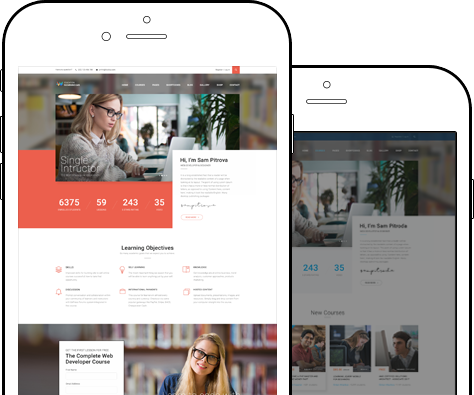Leading Safe 4.5
- A high-level overview of the Scaled Agile Framework
- The principle cornerstones of the Scaled Agile Framework; thinking Lean and embracing Agility
- How the Framework builds upon Lean, Systems Thinking, and Agile Development: the Nine SAFe Principles for Lean-Agile development at enterprise scale

Overview
Lean-Agile enterprise by leveraging the Scaled Agile Framework® (SAFe®), and its underlying principles derived from Lean, systems thinking, Agile development, product development flow, and DevOps. They will discuss the five competencies needed to become a Lean Enterprise. Attendees will gain an understanding of the Lean-Agile mindset, why it’s so effective in today’s adapt-or-die marketplace, and what it means to lead a Lean-Agile transformation. They’ll also learn how to build and support Agile teams and programs, empower a Lean Portfolio, build a Continuous Delivery Pipeline and DevOps culture, and coordinate large solutions.
Course outline
Introducing the Scaled Agile Framework
- Understand the problem
- Have a basic understanding of SAFe
- Know how to implement SAFe
Embracing Lean and Agile Values
- Embrace Lean thinking
- Embrace Agile Values
Understanding SAFe Priniciples
- Take an economic view
- Apply system thinking
- Assume variability preserve options
- Build incrementally with fast, integrated learning cycles
- Base milestones on objective evaluation of working systems
- Visualize and limit WIP, reduce batch sizes, and manage queue lengths
- Apply cadence; synchronize with cross-domain planning
- Unlock the intrinsic motivation of knowledge workers
- Decentralize decision-making
Implementing the Agile Release Train
- Organize an Agile Release Train
- Organize Agile teams and key Agile Release Train roles
- Understand the Release Planning process
Experiencing Release Planning
- Create draft plans
- Finalize plans
- Review and commit
Executing and Releasing Value
- Prepare the Vision and Program Backlog
- Prioritize the Program Backlog
- Plan the Release Planning
- Update the Roadmap
- Execute the Iterations
- Execute the Release Plan
- Inspect and Adapt
- Release Value
Building an Agile Portfolio
- Define Strategic Themes
- Define Value Streams
- Advance the solution with Epics
- Implement Lean-Agile Budgeting
- Forecast
- Understand how to capitalize costs
- Implement Agile Program Portfolio Management
Leading the Lean- Agile Enterprise
- Lead the change
- Know the way; emphasize life-long learning
- Develop people
- Inspire and align with mission minimize constraints
- Decentralize decision-making
Key Features

- 16 Contact Hour Certificate
- 100% Money Back Guarantee
- Course completion certificate
- Certified Trainer
- Flexibility to choose classes
- Post training support
- 10% discount on any Online Course
Course Objectives
- A high-level overview of the Scaled Agile Framework
- The principle cornerstones of the Scaled Agile Framework; thinking Lean and embracing Agility
- How the Framework builds upon Lean, Systems Thinking, and Agile Development: the Nine SAFe Principles for Lean-Agile development at enterprise scale
- How to scale Lean-Agile development from the team to program, large solution and portfolio level
- How to implement an Agile Release Train
- How to plan and execute a Program Increment
- How to build really large systems in a Lean and Agile manner
- How to build and manage an Agile Portfolio
- Insights into the skills and values of Lean-Agile Leadership—a learning journey
Who should attend
- Executives and Leaders
- Managers, Directors, CIOs, & VPs
- Development, and QA
- Infrastructure Management personnel
- Program & Project Managers
- Product & Product Line Managers
- Portfolio Managers, PMO, and Process Leads
- Enterprise, System, & Solution Architects

